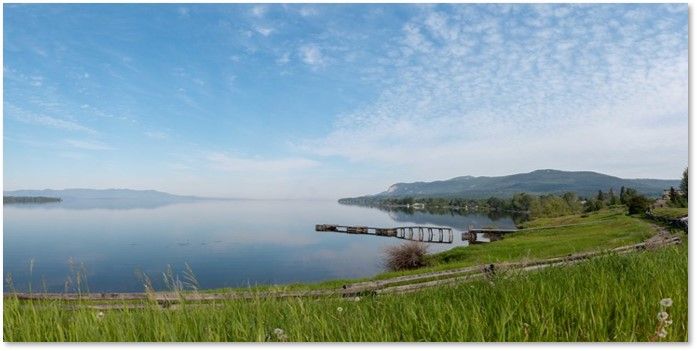
Nak’azdli heredity and stewardship includes family-level protection and utilization of the land and resources in a family-controlled area known as a keyoh, largely defined by biophysical watershed boundaries. These traditional areas are used as units of stewardship and articulating the vision of the community. Many of these areas were codified and/or arbitrarily circumscribed in the early 1900s through the provincial trapline registry, and the commodification of territory and coerced settlement in urban areas now means that traditional intra-territorial boundaries are incompletely known.
The Nak’azdli Watershed Sustainability Project (2017) described Nak’azdli territory in terms of watershed-based management units, and these traditional areas have been adopted for use in the land stewardship plan as units of engagement for soliciting and articulating the vision of the community.
Before contact we were divided into geographically isolated areas governed by an extended family, each with a distinct territory – a keyoh – that was geographically bounded by lakes, rivers, and heights of land.
The matrilineal clans, led by the deneza' and ts'ekeza' organized within the potlatch governance system to manage territories, titles, justice and so on.
“The ground is yun’kut. ‘kut’ means on. ‘Yun’ is ‘the ground’, but the ‘kut’ refers to ‘on the ground’ – it refers to that concept of “where your feet touch.”…They call us Yinka Dene, which is “People of the Earth.” But Yinka is actually a derivative of ‘Yunke’, so “the feet of the ground”; “the ground and feet that we walk on”; “the people who walk on the earth”. That’s what it refers to.” – Francois Prince, 21 May 2019
Although the priests banned matrilineal inheritance in 1868, people continued to recognize and practice matrilineal inheritance.
The extended families worked together to harvest resources: our permanent villages were inhabited during the summer months when we fished for salmon and harvested wild foods, and in the winter our families travelled separately to seasonal homes to hunt large and small game and to trap fur-bearing animals within their respective keyoh.
The provincial government established the trapline system in the 1920s and many families outlined the boundaries of their keyoh and registered them as traplines.
Unlike the matrilineal keyoh system which was held by the extended family and clan, the registered traplines could only be held by one male person, and this change interrupted our patterns of inheritance and stewardship. Today the term keyoh has come to express overlapping concepts: both traditional territories once stewarded by families and the provincially-registered traplines still held by many of our people. Some families recognize patrilineal inheritance while others recognize matrilineal inheritance within both systems. This plan uses the term keyoh in the former sense, to refer to naturally bounded and traditionally-held units of land and water, rather than to registered traplines.
